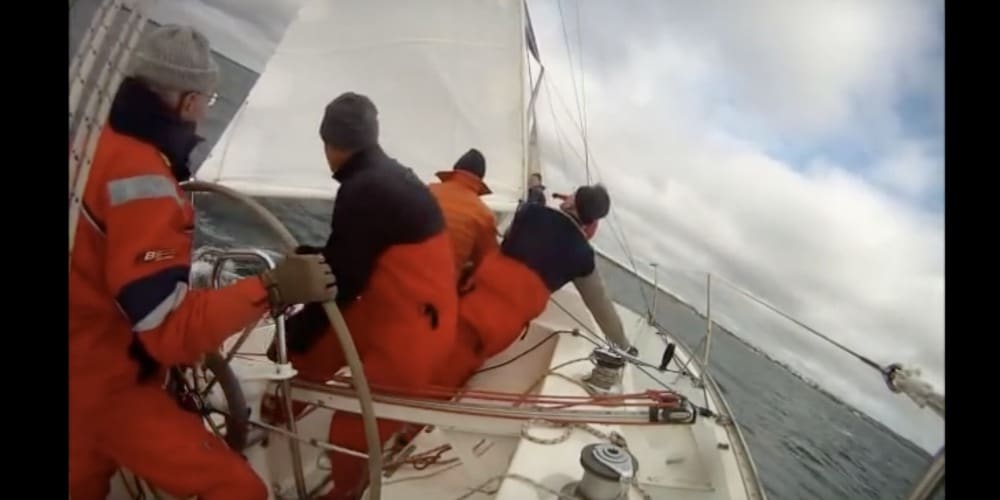Waterlust teamed up with US Sailing to examine how the wind you feel while sailing is a combination of ambient wind and headwind created by your boat’s motion: discover more regarding the apparent wind.
Something more about the apparent wind
True wind is the wind we would feel if our boat were stationary, say if we were at anchor. But if we’re out racing, we have our sails trimmed and we’re using that wind to create motion.
The wind we feel on our faces when we’re moving through the water is a combination of the airflow we feel from our own motion, plus the airflow from the true wind. We call this combined wind the apparent wind. Apparent wind is the wind the boat feels and the wind that we trim our sails to. We sail in the apparent wind, so it’s kinda important that we understand it.
In sailboat racing, and especially in speed sailing, apparent wind is a vital factor, when determining the points of sail a sailboat can effectively travel in. A vessel traveling at increasing speed relative to the prevailing wind will encounter the wind driving the sail at a decreasing angle and increasing velocity. Eventually, the increased drag and diminished degree of efficiency of a sail at extremely low angles will cause a loss of accelerating force. This constitutes the main limitation to the speed of wind-driven vessels and vehicles.
Windsurfers and certain types of boats are able to sail faster than the true wind. These include fast multihulls and some planing monohulls. Ice-sailors and land-sailors also usually fall into this category, because of their relatively low amount of drag or friction.
In the foiling AC72 America’s Cup catamarans, the boats sail through the water at up to double the environmental wind strength. The effect of this is to radically change the apparent wind direction when sailing “downwind”. In these boats, the forward speed is so great that the apparent wind is always forward—at an angle that varies between 2 and 4 degrees to the wing sail. This means that AC72’s are effectively tacking downwind, although at a greater angle than the normal 45-degree upwind angle, usually between 50 and 70 degrees.
To learn more about sailing and STEM education, visit reach.ussailing.org




